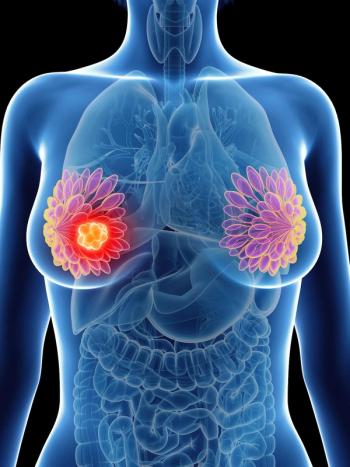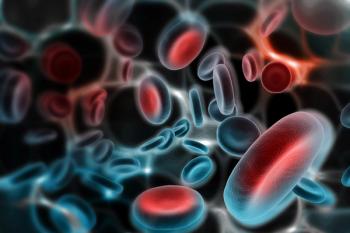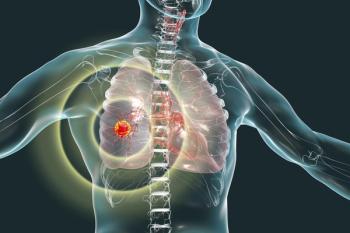
Oncology NEWS International
- Oncology NEWS International Vol 11 No 1
- Volume 11
- Issue 1
Octaphonic Sound Reduces Distress During Therapy
SAN DIEGO--Anxiety and other symptoms of distress that occur during radiotherapy and chemotherapy sessions were found to be reduced when patients were exposed to octaphonic sound, according to Sook Kim, RN, BSN, a nurse clinician and charge nurse at M.D. Anderson Cancer Center’s Ambulatory Treatment Center.
SAN DIEGO--Anxiety and other symptoms of distress that occur during radiotherapy and chemotherapy sessions were found to be reduced when patients were exposed to octaphonic sound, according to Sook Kim, RN, BSN, a nurse clinician and charge nurse at M.D. Anderson Cancer Center’s Ambulatory Treatment Center.
Ms. Kim discussed the study at a poster presentation during the 26th Annual Conference of the Oncology Nursing Society (abstract 134).
The Octaphonic Sound system is a new digital technology developed by Yamaha Corporation of Japan. It involves the processing and delivery of music and nature sounds through eight speakers, one in each corner of the room. The result is an environment in which the sound has a realistic, three-dimensional quality, Ms. Kim said.
The M.D. Anderson Cancer Center team worked with Yamaha to develop the music content and nature sounds to be used in the study, which involved 27 chemotherapy patients and 27 patients being simulated for radiotherapy, Ms. Kim said.
The chemotherapy study consisted of two visits, in which patients were randomized in a crossover design to receive the sound intervention on either the first or second visit. The "no sound visit" served as the control. Patients were instructed not to listen to any music during the control visit, although they could do other distracting activities such as watch television, read, visit, or play card or board games.
The radiotherapy trial consisted of a single visit. Patients were randomized in a parallel design to receive the sound intervention or to be simulated in the standard way in which they did not engage in any distracting activities during the procedure.
"The patients who received the sound intervention had a choice of classical music, music and nature, calm sea sounds, and nature sounds," Ms. Kim said. "Classical music was the most popular."
Following the procedure, the participants completed a questionnaire. The study ended in February 2001. "We found that the patients who listened to octaphonic sound reported feeling more calm and less restless during their treatment," Ms. Kim said.
Articles in this issue
almost 24 years ago
ODAC Sends Mixed Message on New Gliadel Wafer Indicationalmost 24 years ago
ONCC Certification Test Results Are Announcedalmost 24 years ago
Rituximab Ups Survival in Aggressive and Indolent NHLalmost 24 years ago
Topotecan Used in Aggressive Front-Line Therapy for SCLCalmost 24 years ago
Depsipeptide Shows Activity in T-Cell Lymphomaalmost 24 years ago
FDG-PET Useful in Newly Diagnosed and Recurrent NSCLCalmost 24 years ago
Adjuvant Anastrozole Superior to Tamoxifen in Huge ATAC Breast Cancer Trialalmost 24 years ago
ODAC Backs Adding HER-2 DNA Test to Herceptin Package Insertalmost 24 years ago
FDA and VA Plan Joint AIDS Studyalmost 24 years ago
Breast Conservation Increases With On-Site Radiation UnitNewsletter
Stay up to date on recent advances in the multidisciplinary approach to cancer.


















































































